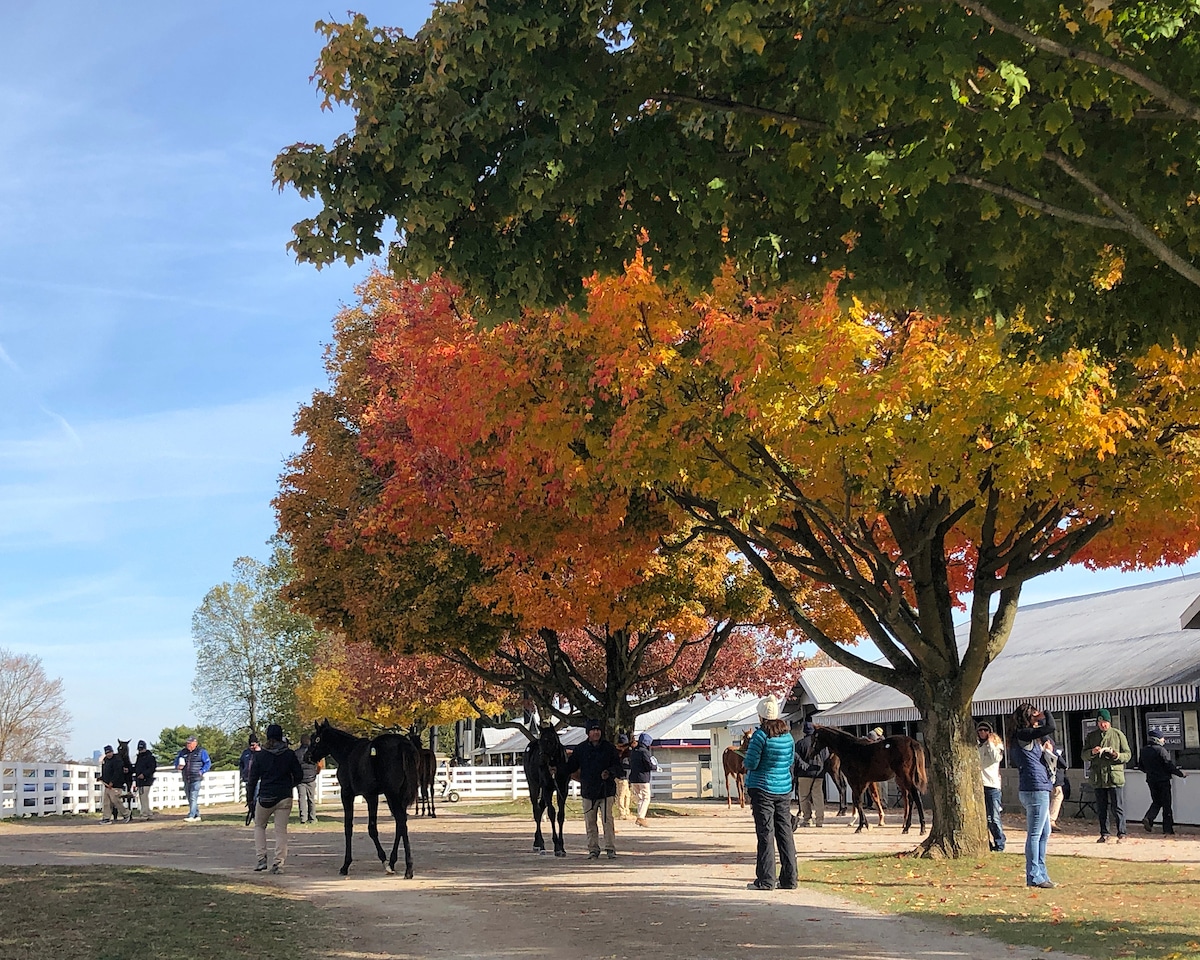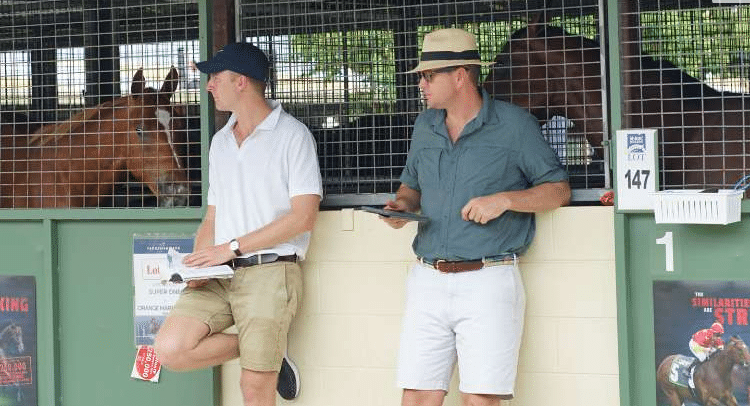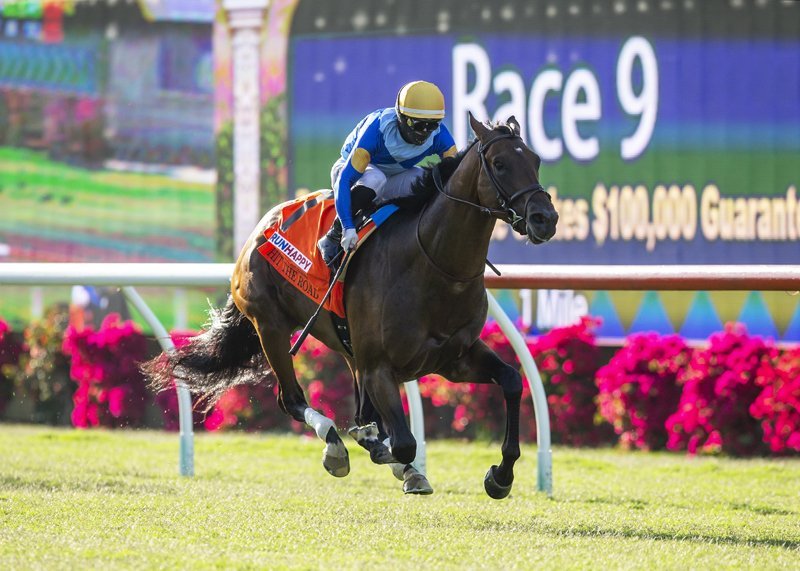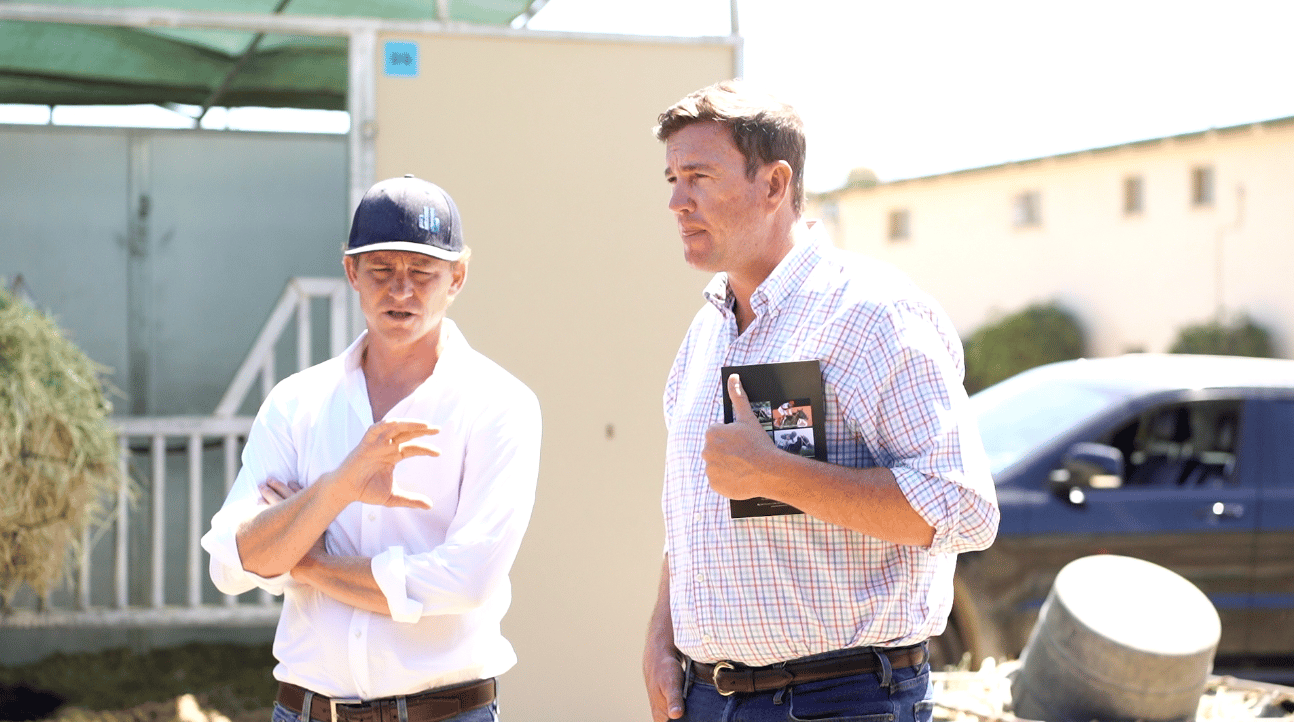Have you heard of the trapezoid theory?
Full extension and balance are key factors that contribute to stride efficiency and overall performance.
When evaluating a yearling, the first attribute I assess is the horse’s overall balance. Proper balance and correct angles in a yearling are essential for optimal performance because they enable efficient movement, power generation, and injury prevention. A well-sloped shoulder allows for full extension of the front legs, resulting in longer strides and smoother gaits, which reduces energy expenditure and enhances endurance. Similarly, a correct hip angle forming a trapezoid shape contributes to a powerful hind end, essential for strong propulsion and acceleration needed in racing.
Proper balance also ensures even weight distribution, minimising stress on joints and tendons, which reduces the risk of injuries and supports a longer, healthier career. Additionally, a deep girth provides ample space for the heart and lungs, crucial for efficient respiratory function, sustaining high levels of activity, and maintaining peak performance. Together, these attributes ensure structural soundness and allow the horse to handle the physical demands of training and competition effectively.
The second thing I look for is the quality of the head, the intelligence in the eye, and the presence of the actual horse. These traits often indicate a horse’s potential, temperament and its ability to handle training and racing stress. When the horse comes out, I always start by looking for the positives; however, certain conformation flaws are deal-breakers. For instance, a horse that is significantly back at the knee or has very soft pasterns is less likely to remain sound, increasing the risk of injury. Such flaws make it unlikely that I would consider purchasing the horse.
When it comes to ensuring a higher chance of success for clients, selecting a horse with strong conformation is critical. Good conformation helps a horse stay sound, withstand training, and perform well on the track. Horses, like humans, with poor joint conformation, are more prone to issues as they age. Bone structure is set early in a horse’s life, so it’s important to address any minor issues when the growth plates are still open. Farms often make minor adjustments through trimming the feet or, in more extreme cases, through surgical procedures to correct leg trajectory. These early interventions can enhance the horse’s commercial value and its overall longevity.
Occasionally, there are exceptional horses that overcome significant conformational flaws, as seen with I Wish I Win, who has a noticeably rotated leg yet still performed remarkably well. Ultimately, the goal is to select horses with good conformation to ensure they can endure the rigorous training required to reach peak fitness and maintain longevity on the racetrack.
Good conformation is essential not only for a horse’s racing career but also for its post-racing life. Ensuring a horse has the physical foundation to stay sound and perform well ultimately benefits the owner by providing a longer, more successful career. By focusing on these key traits, breeders and buyers can make informed decisions that enhance the chances of developing a successful racehorse.









